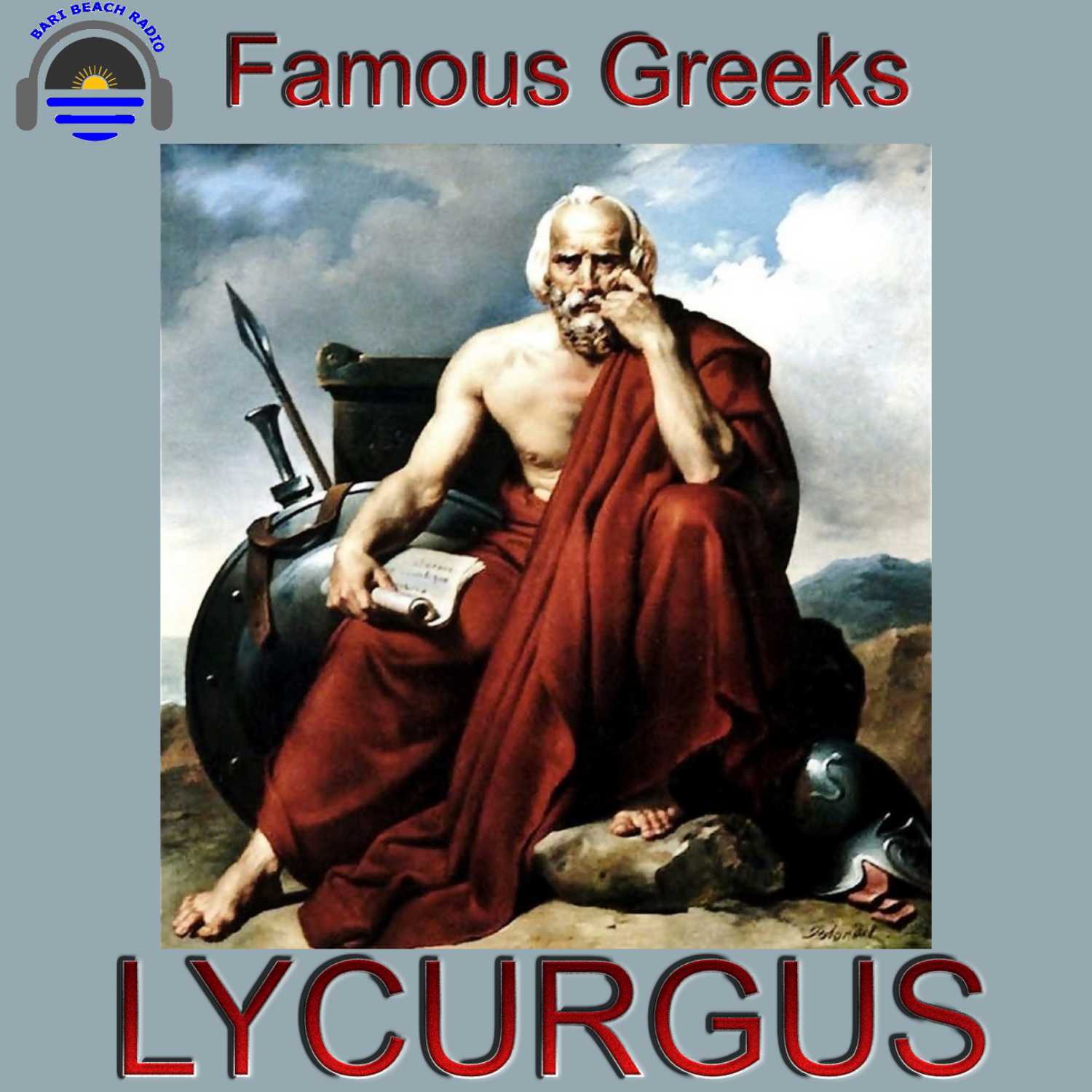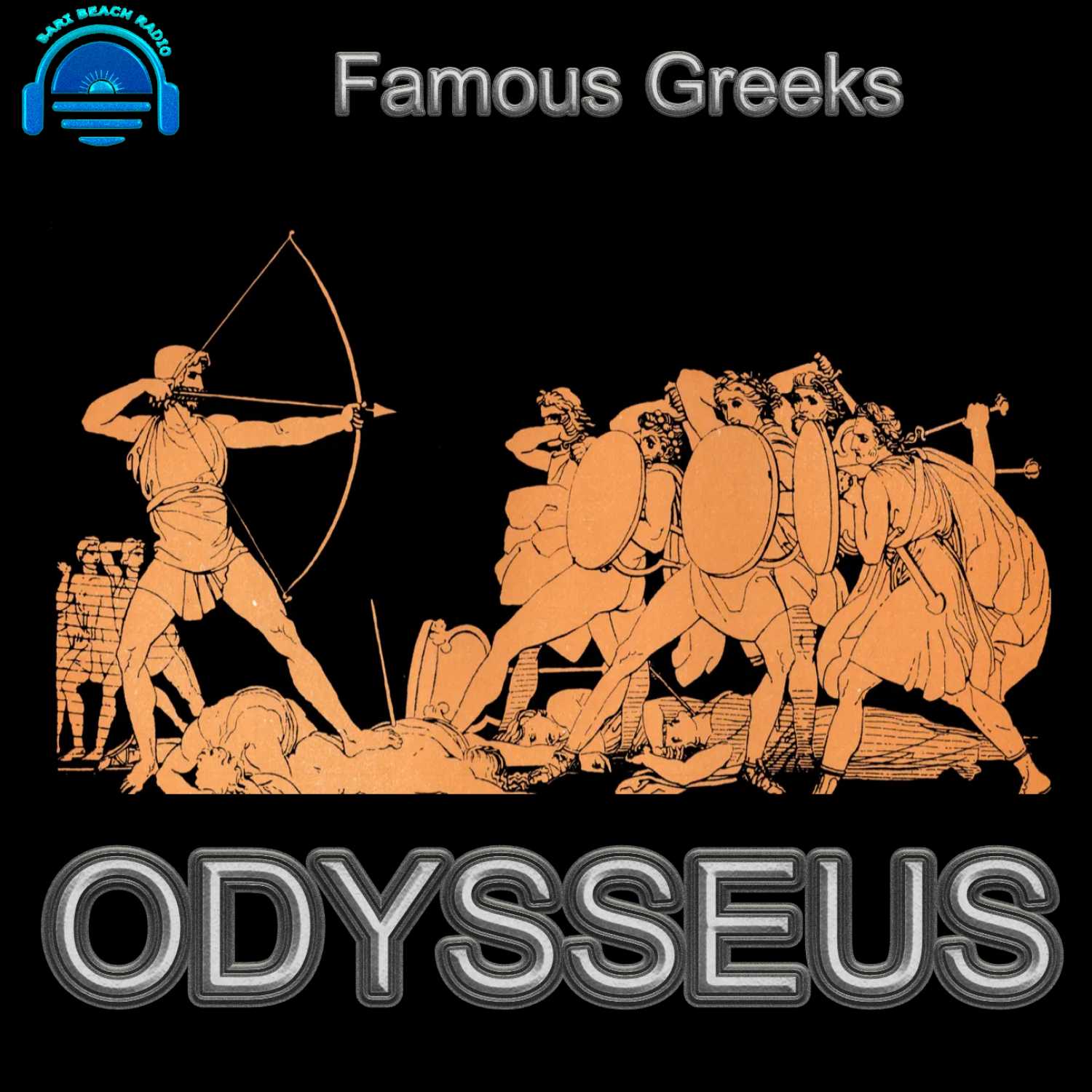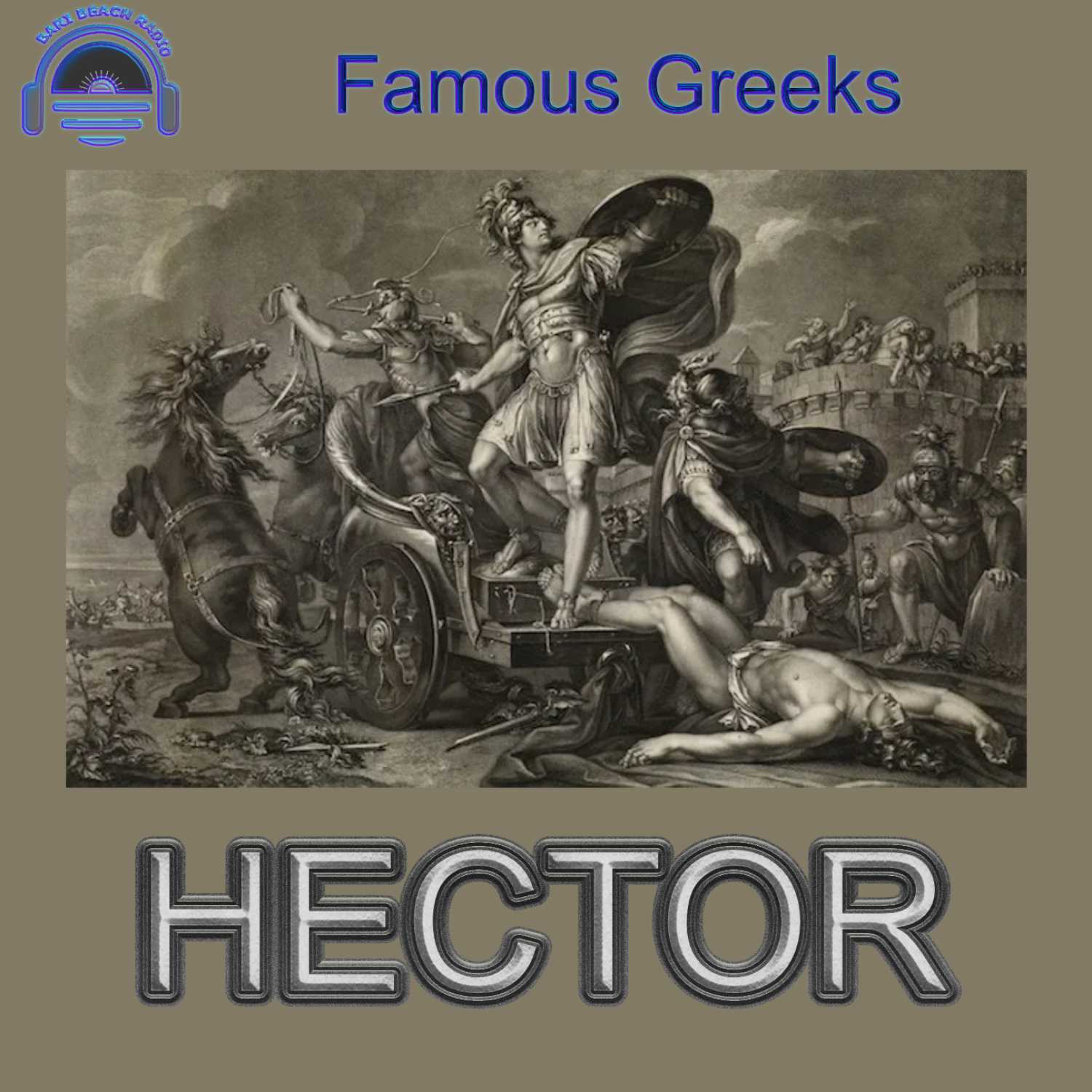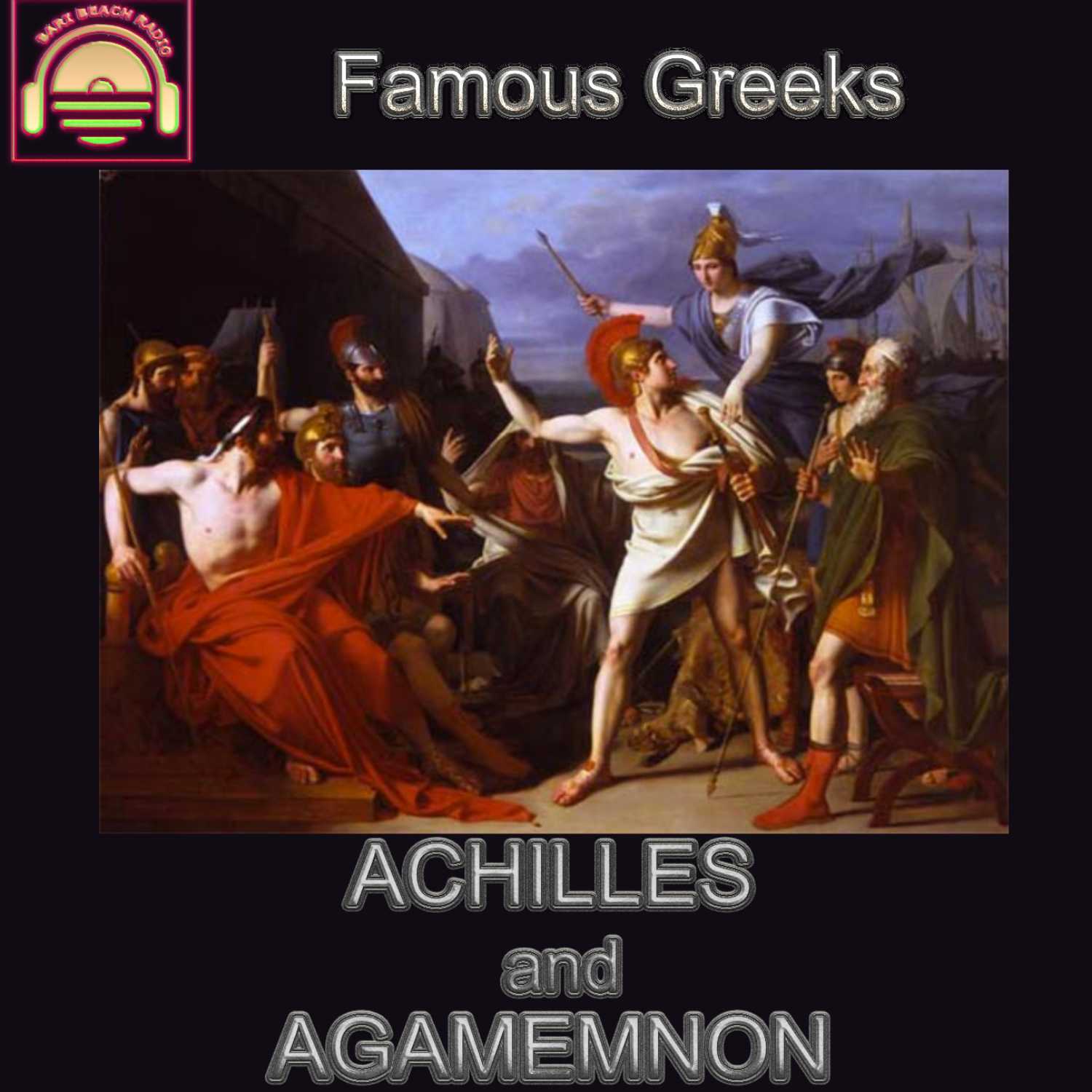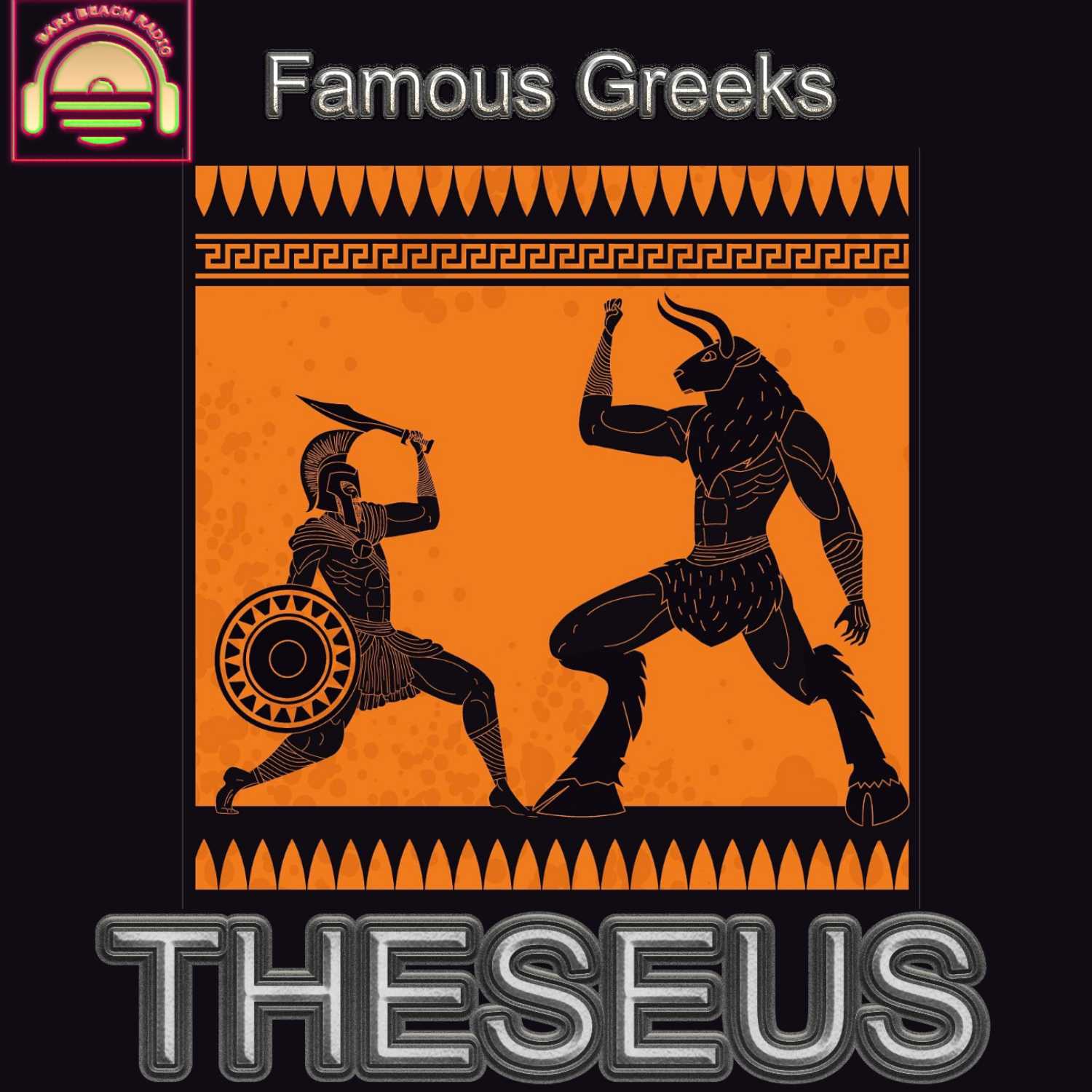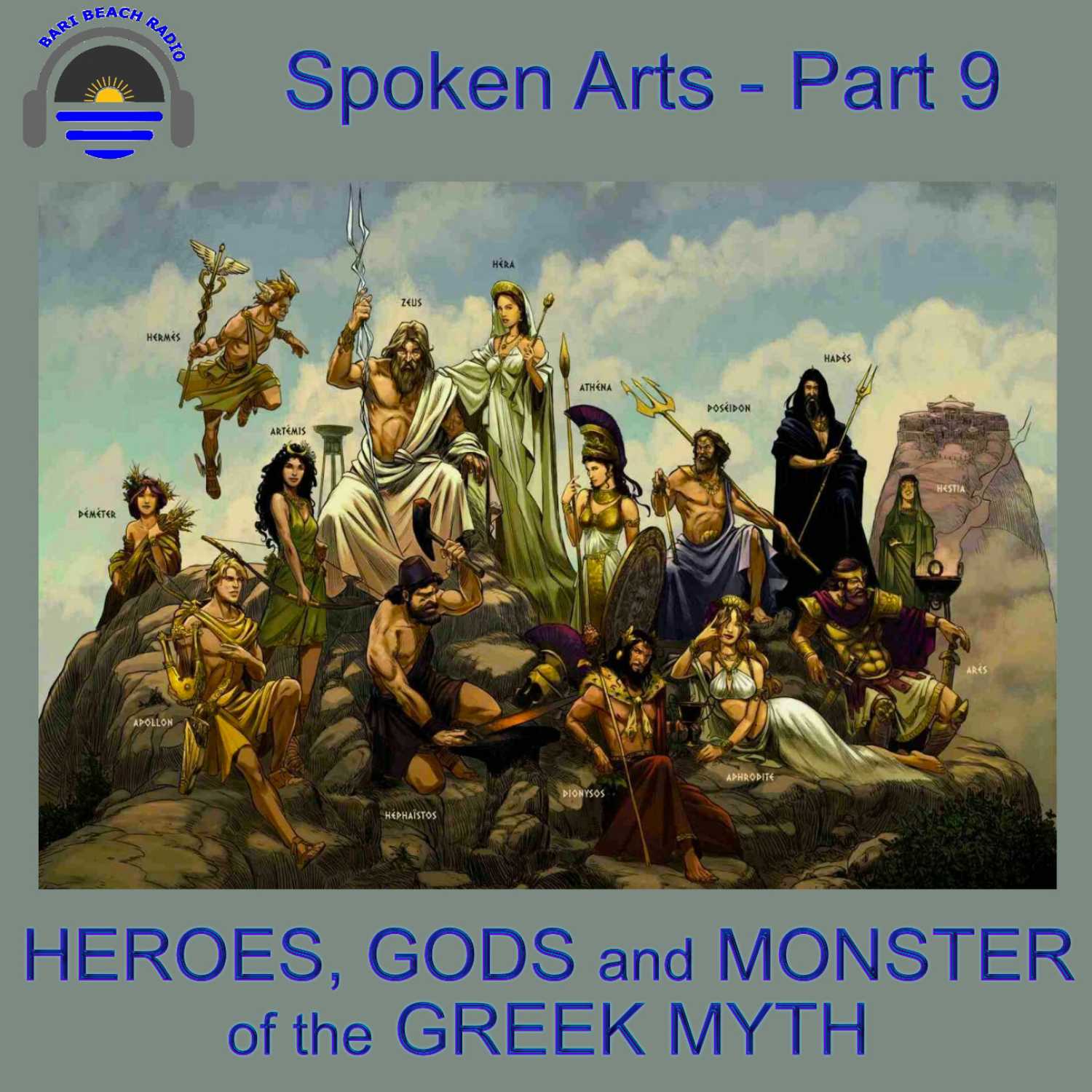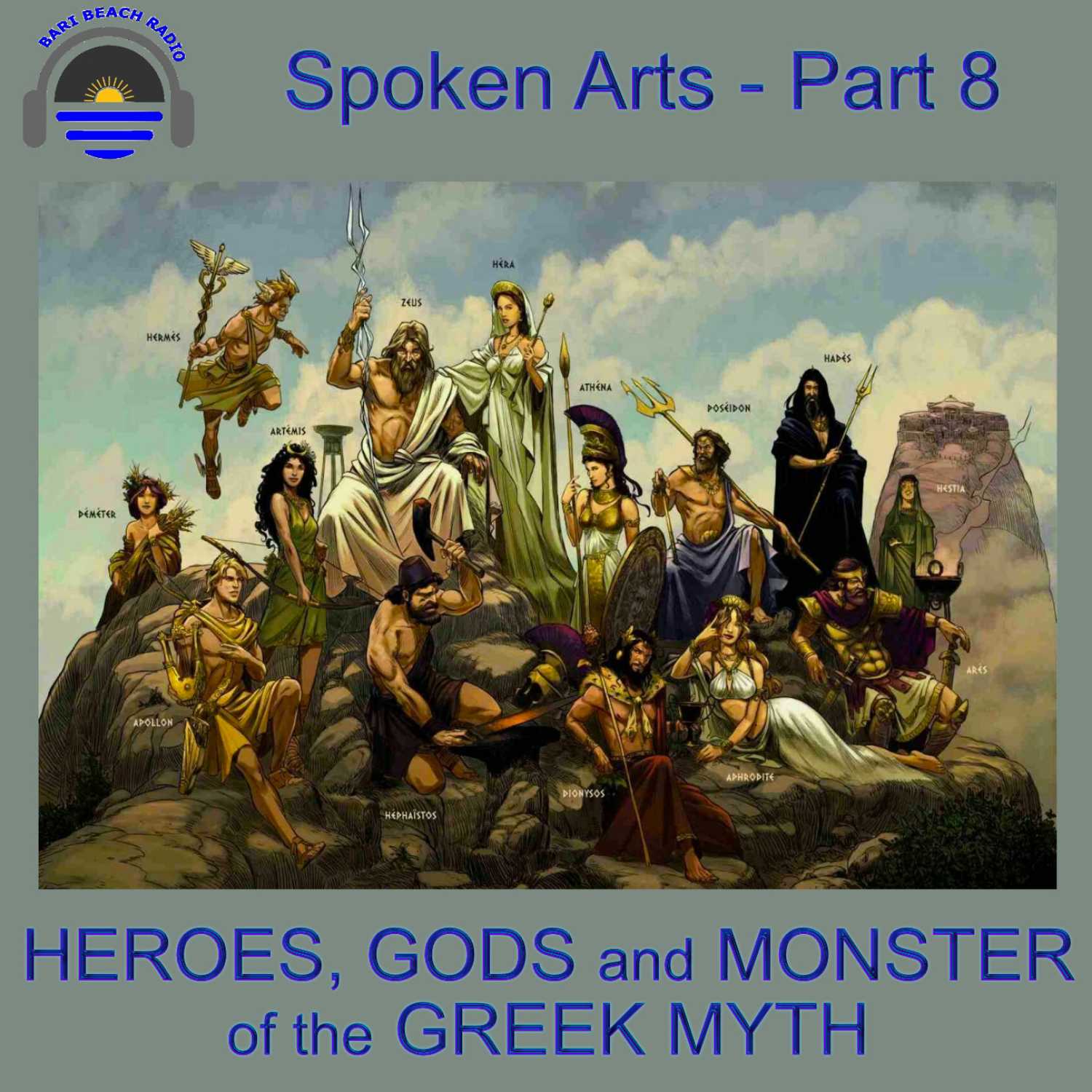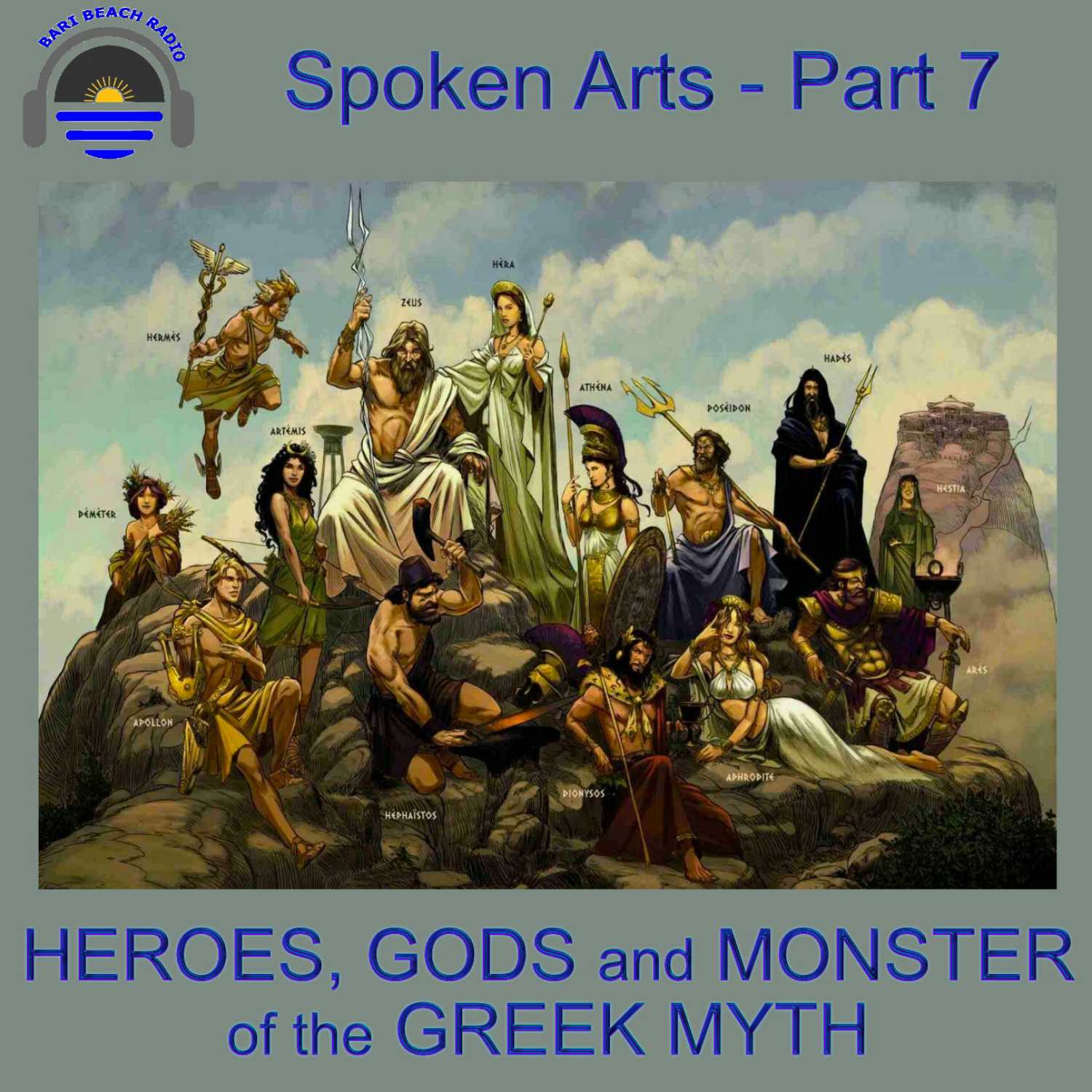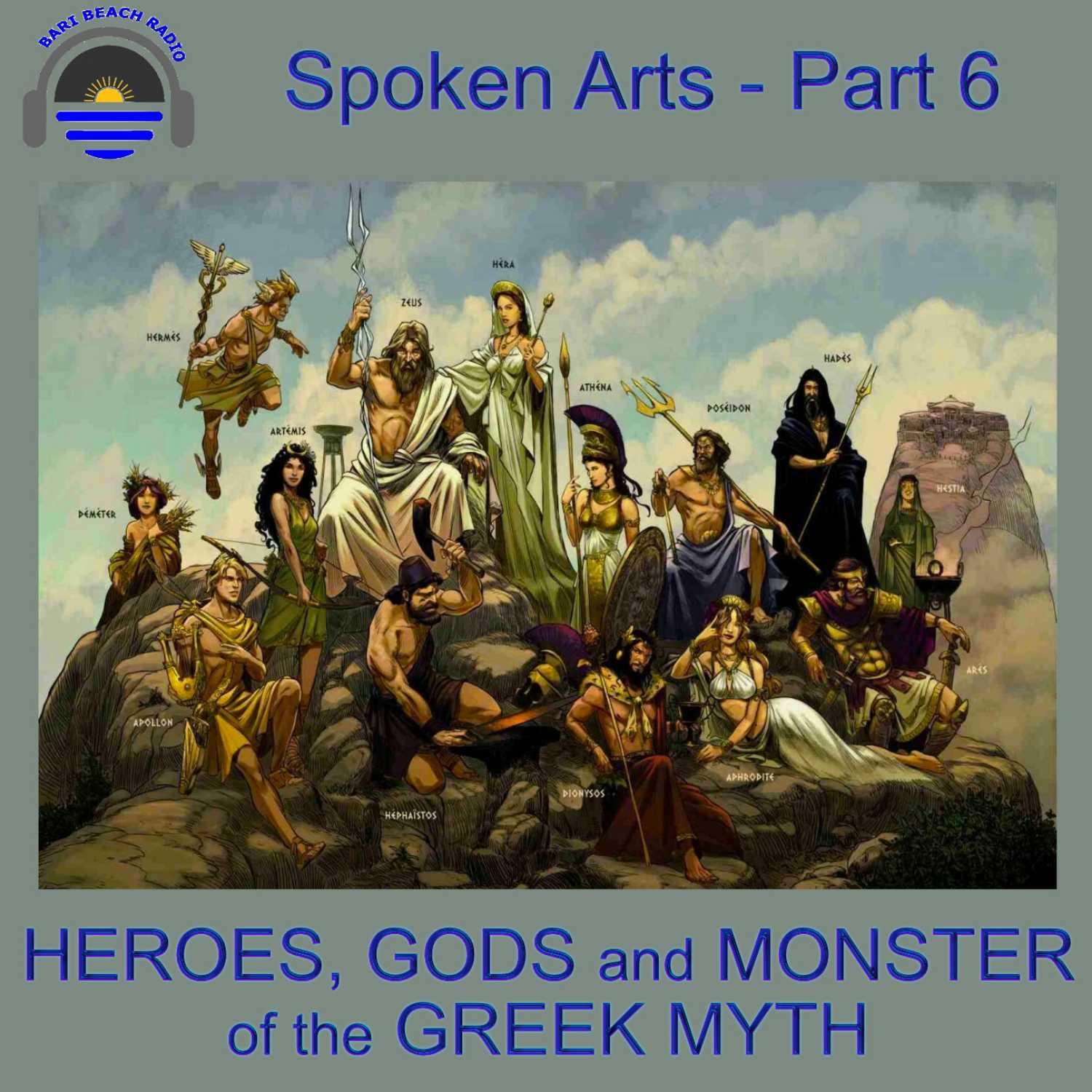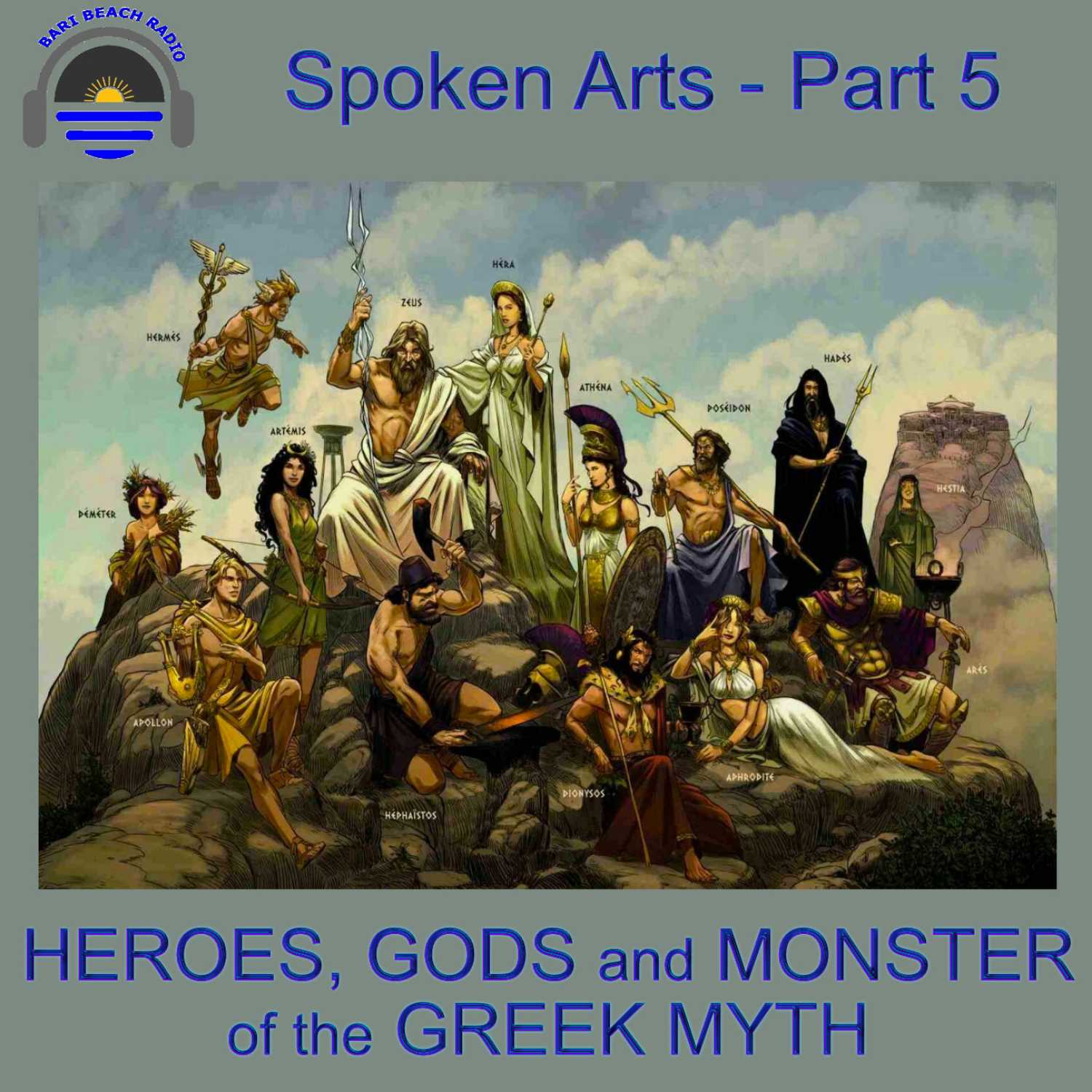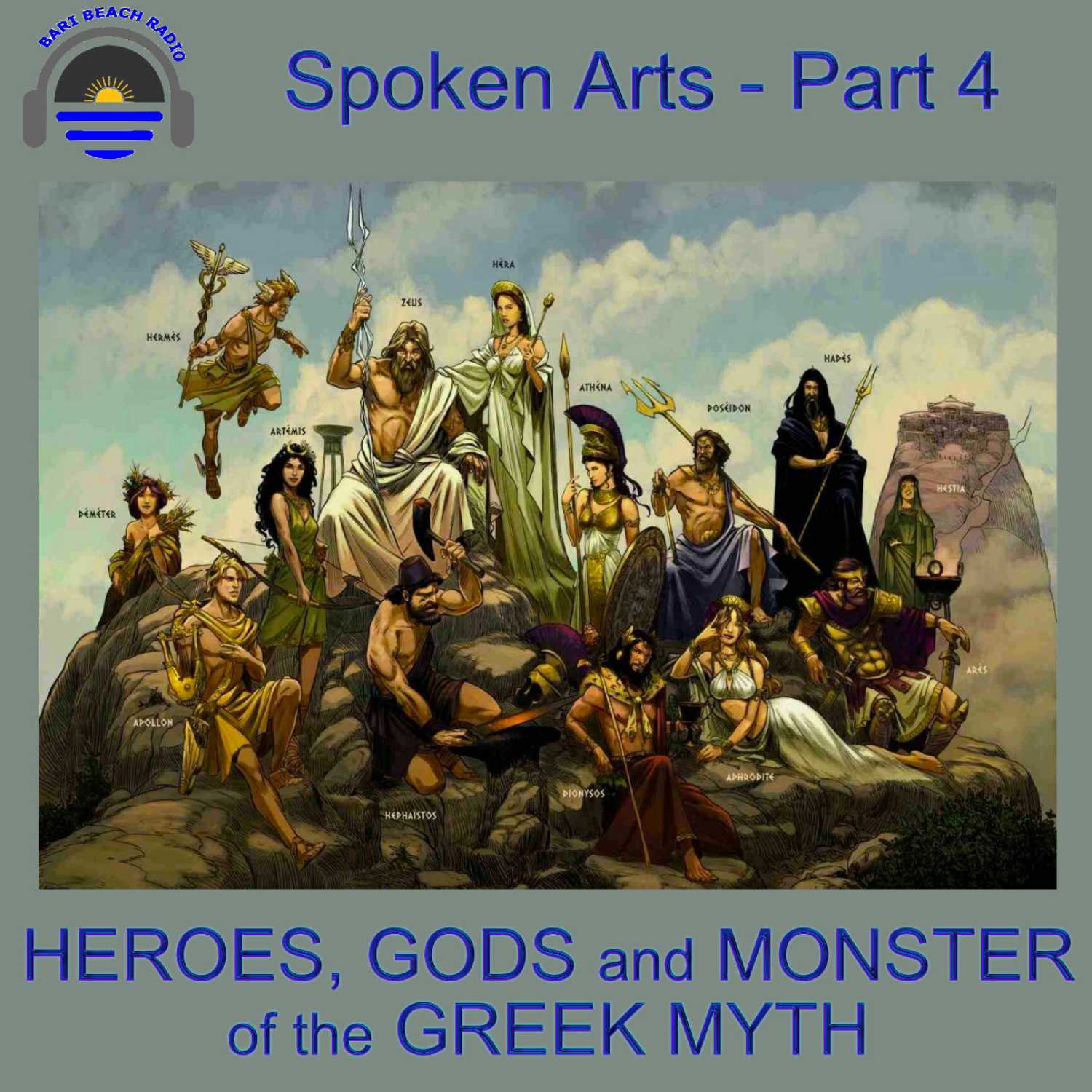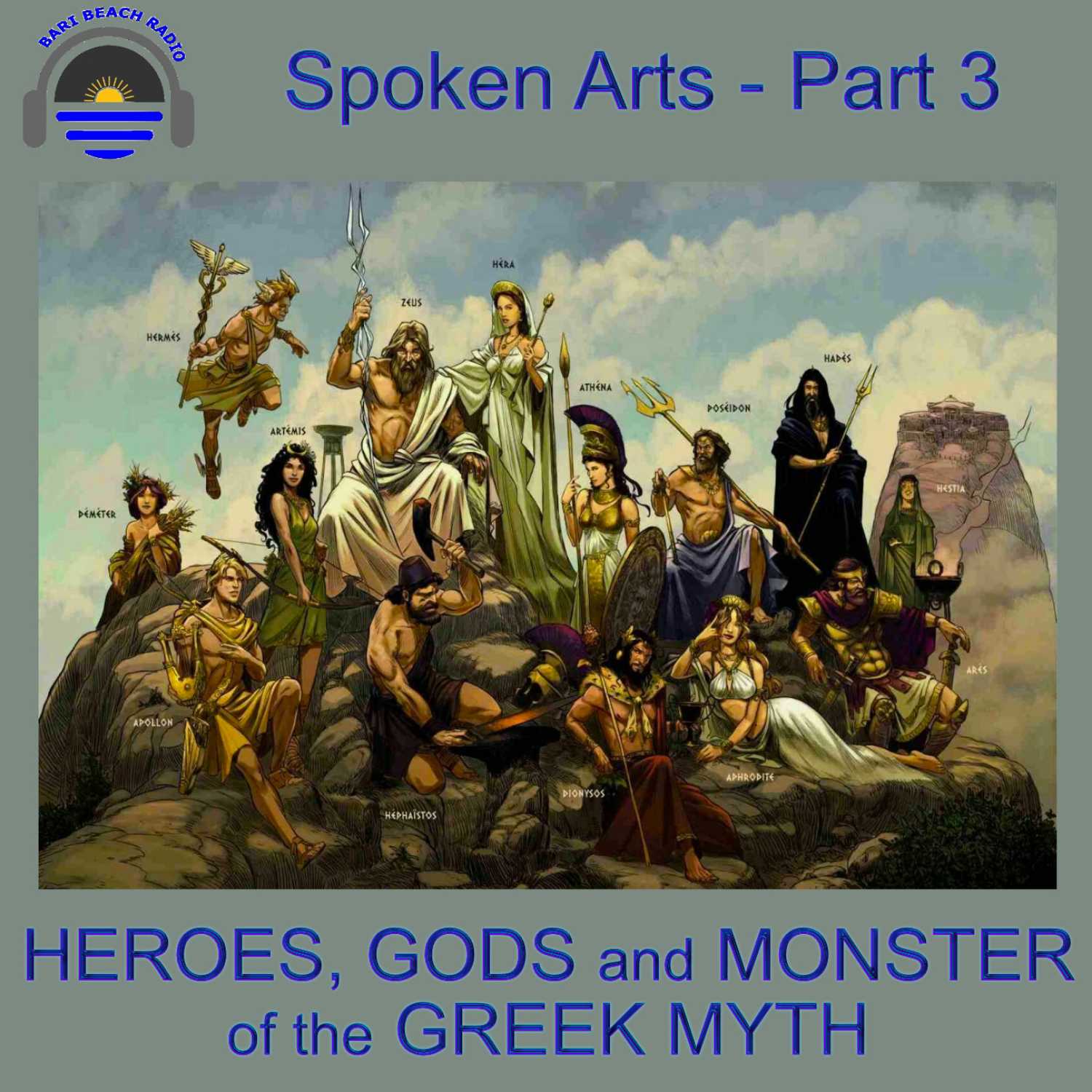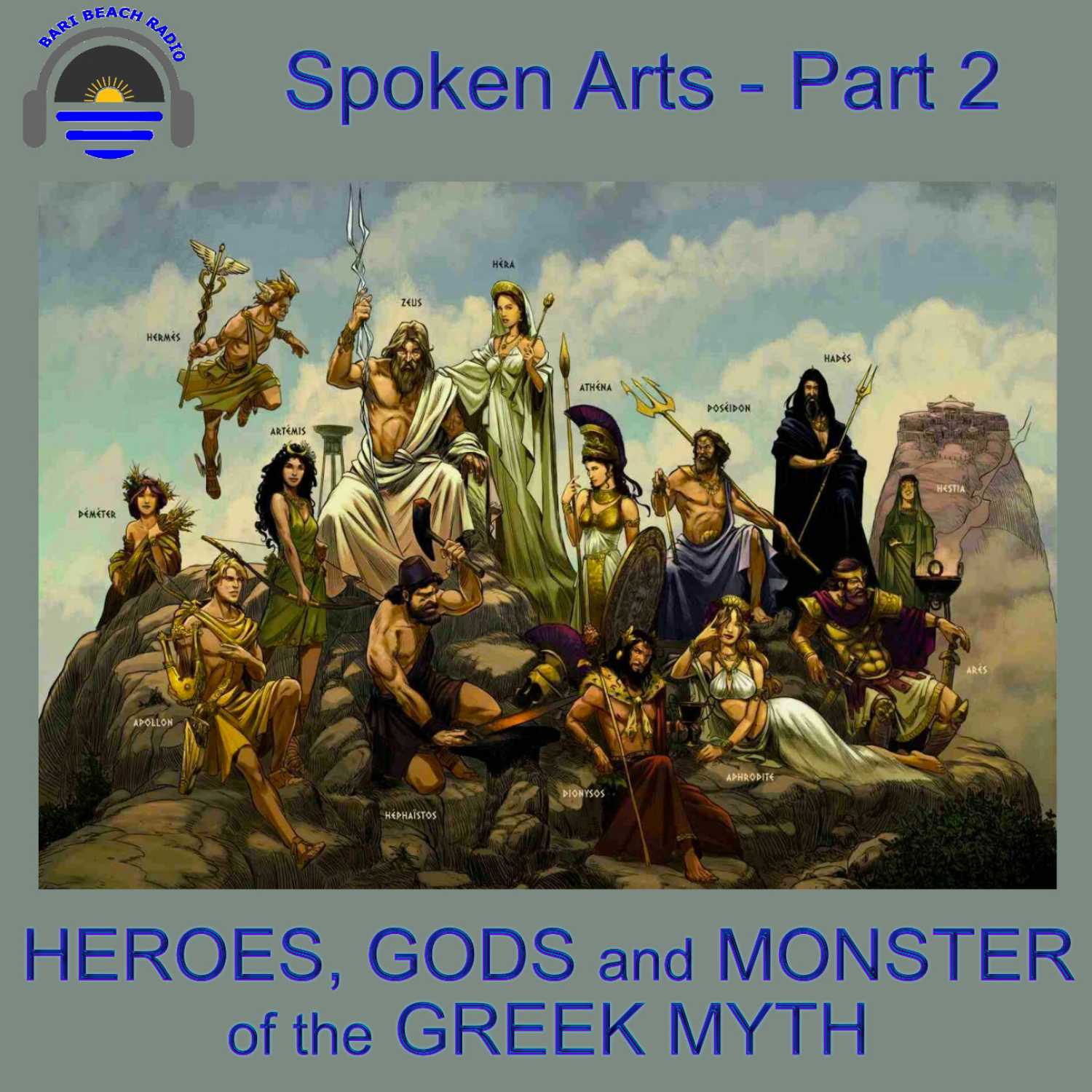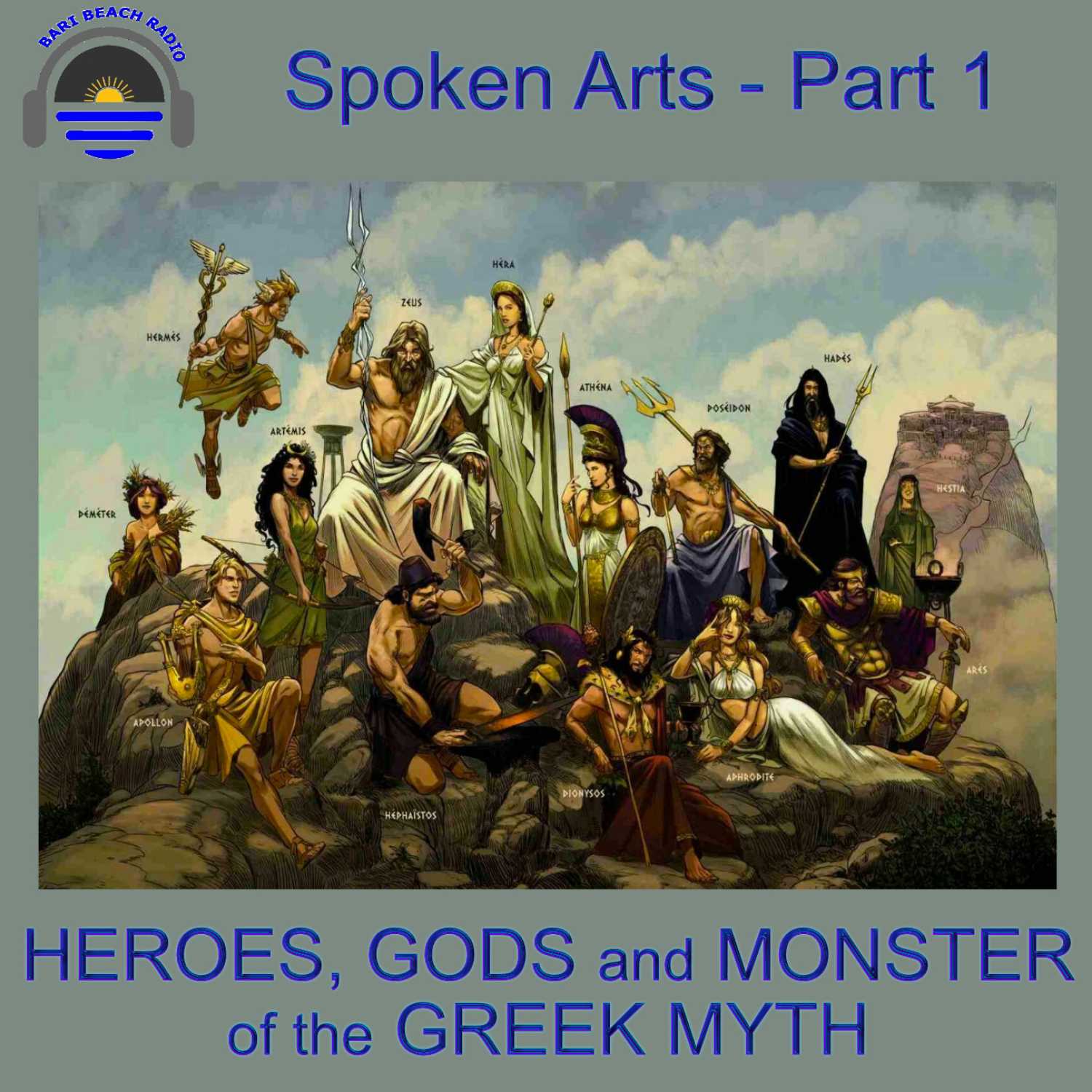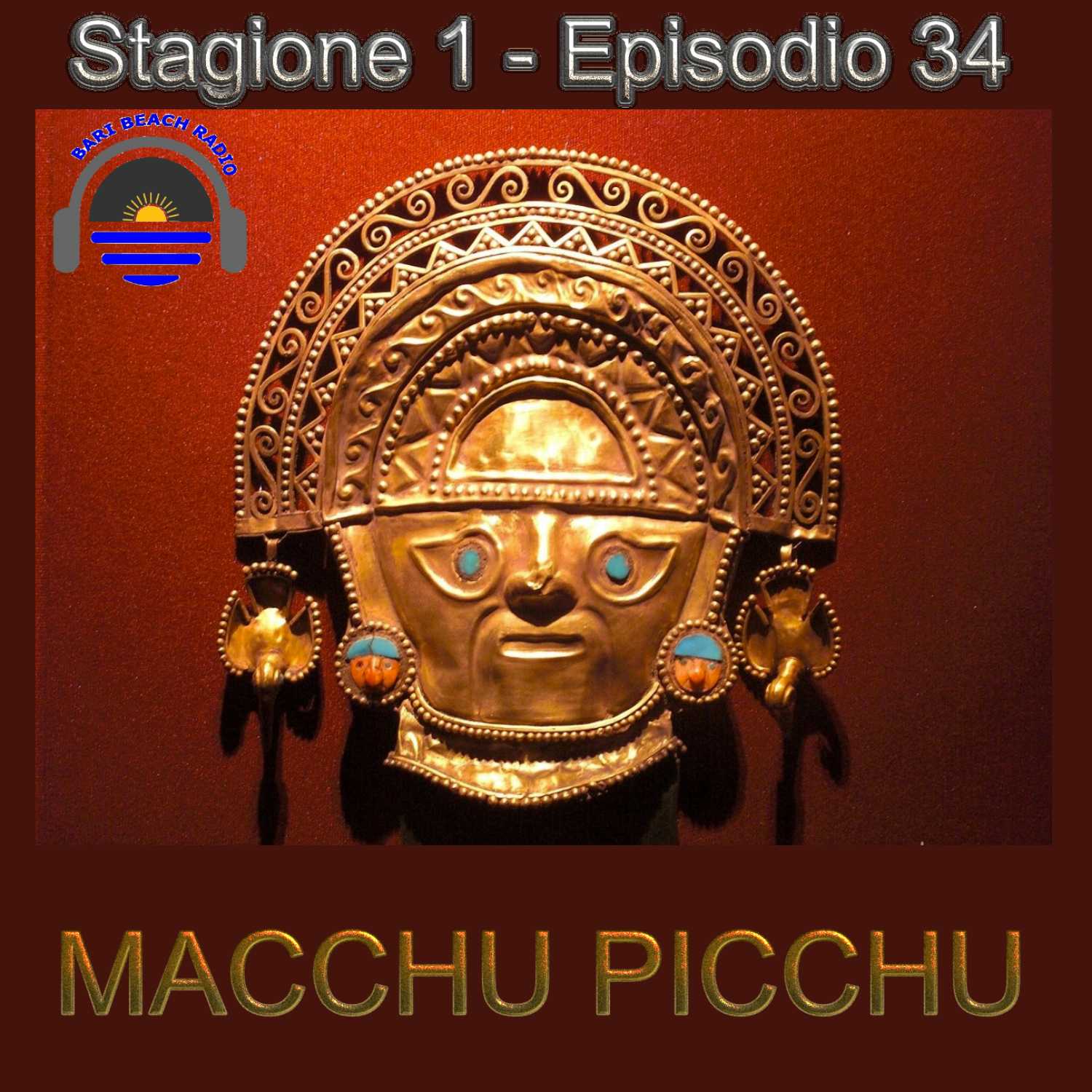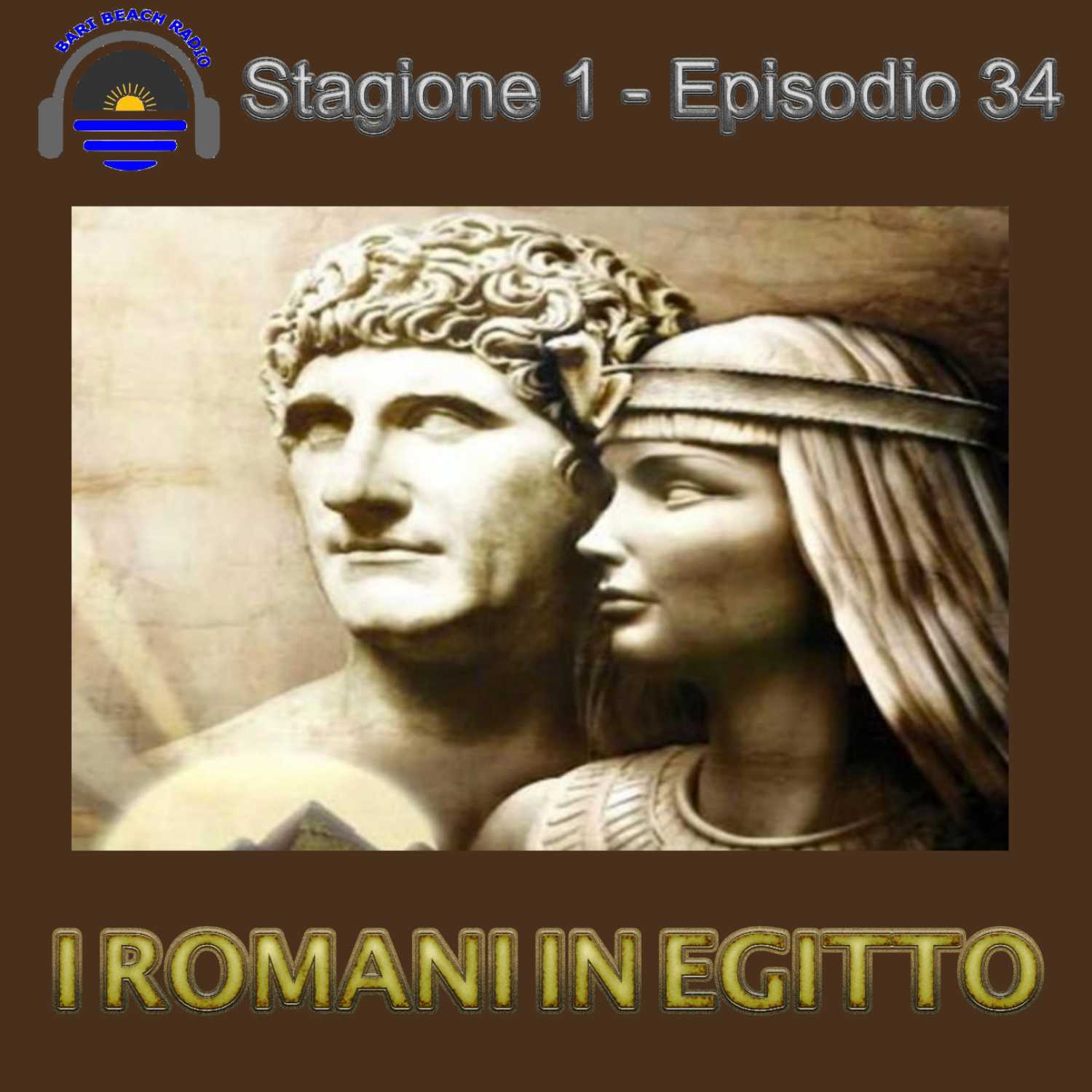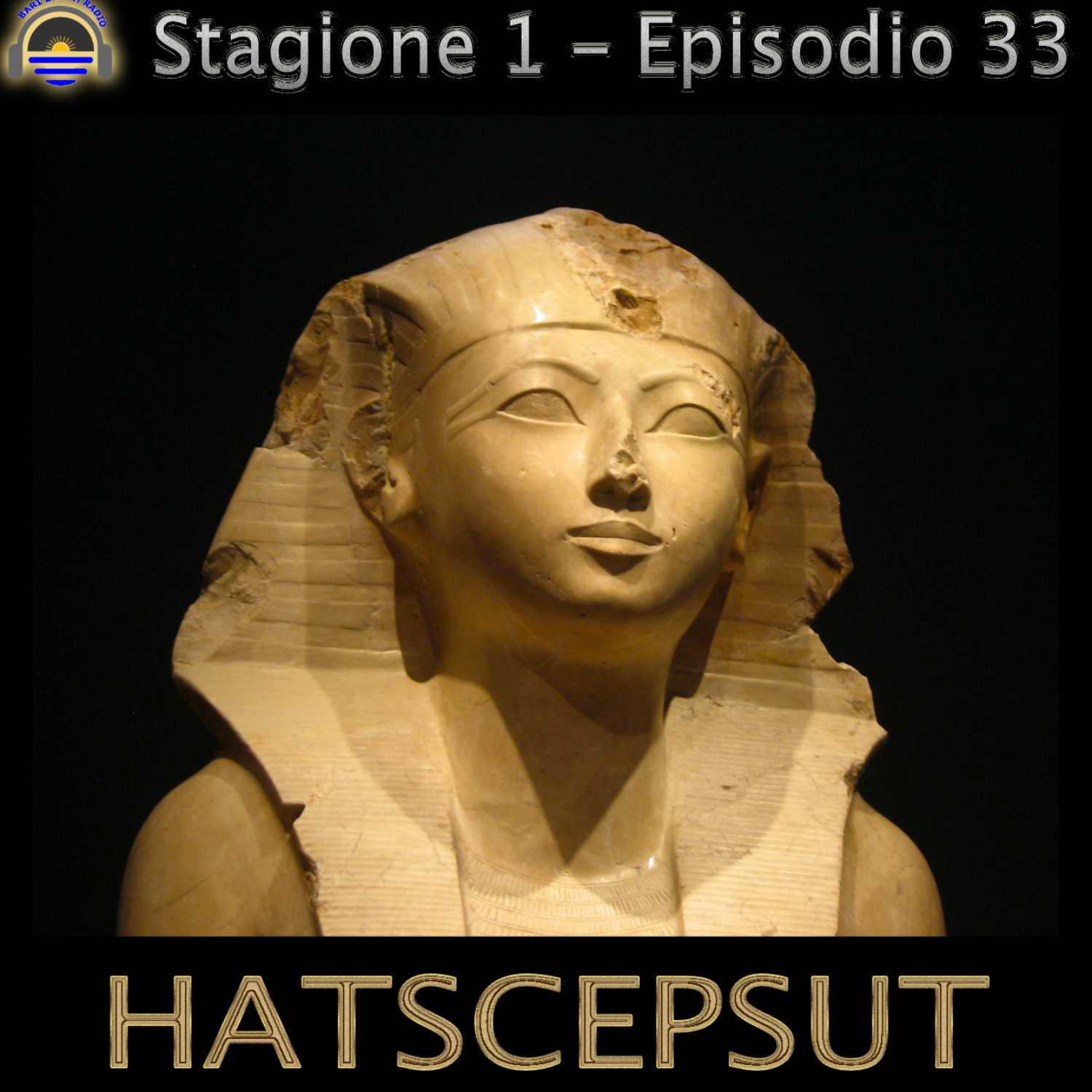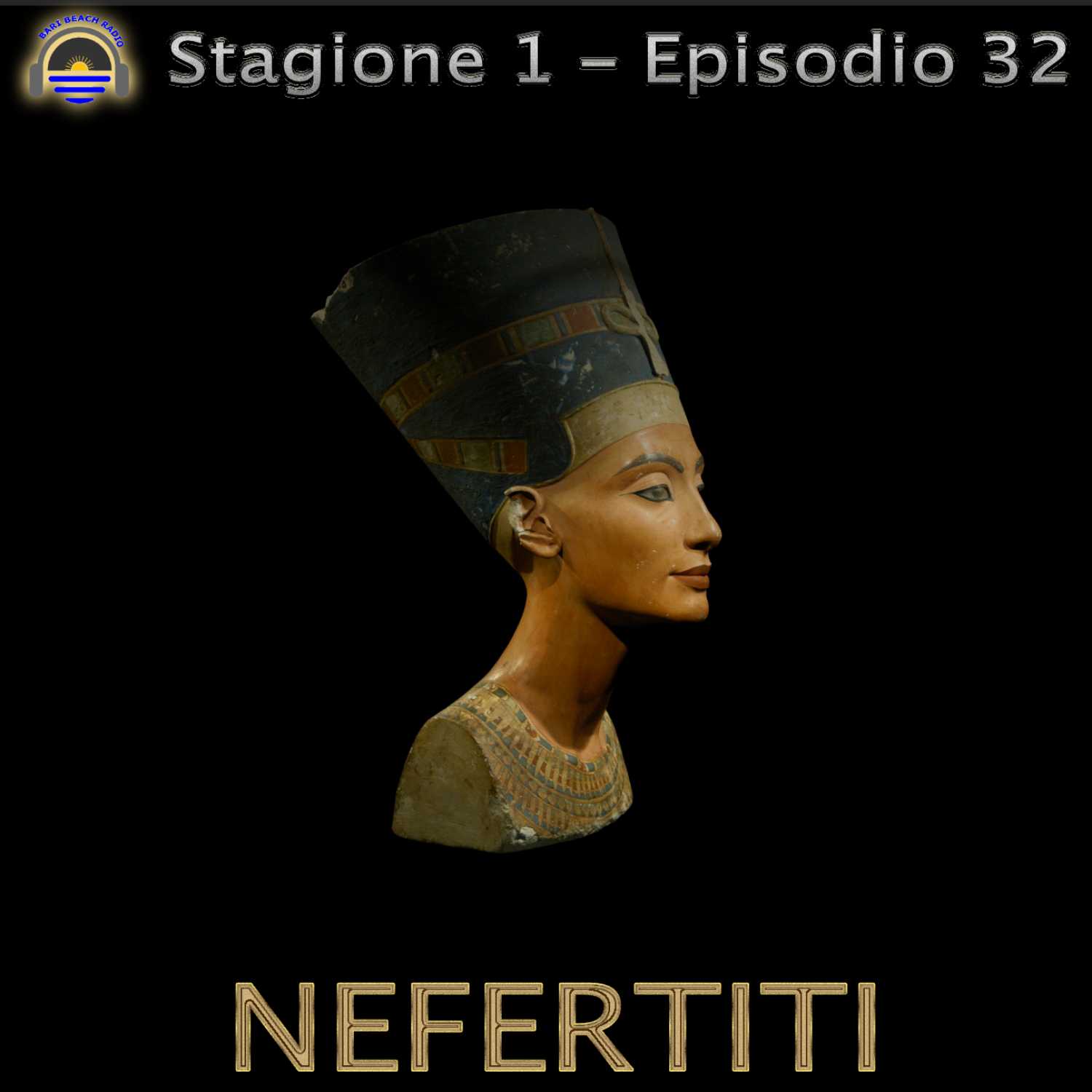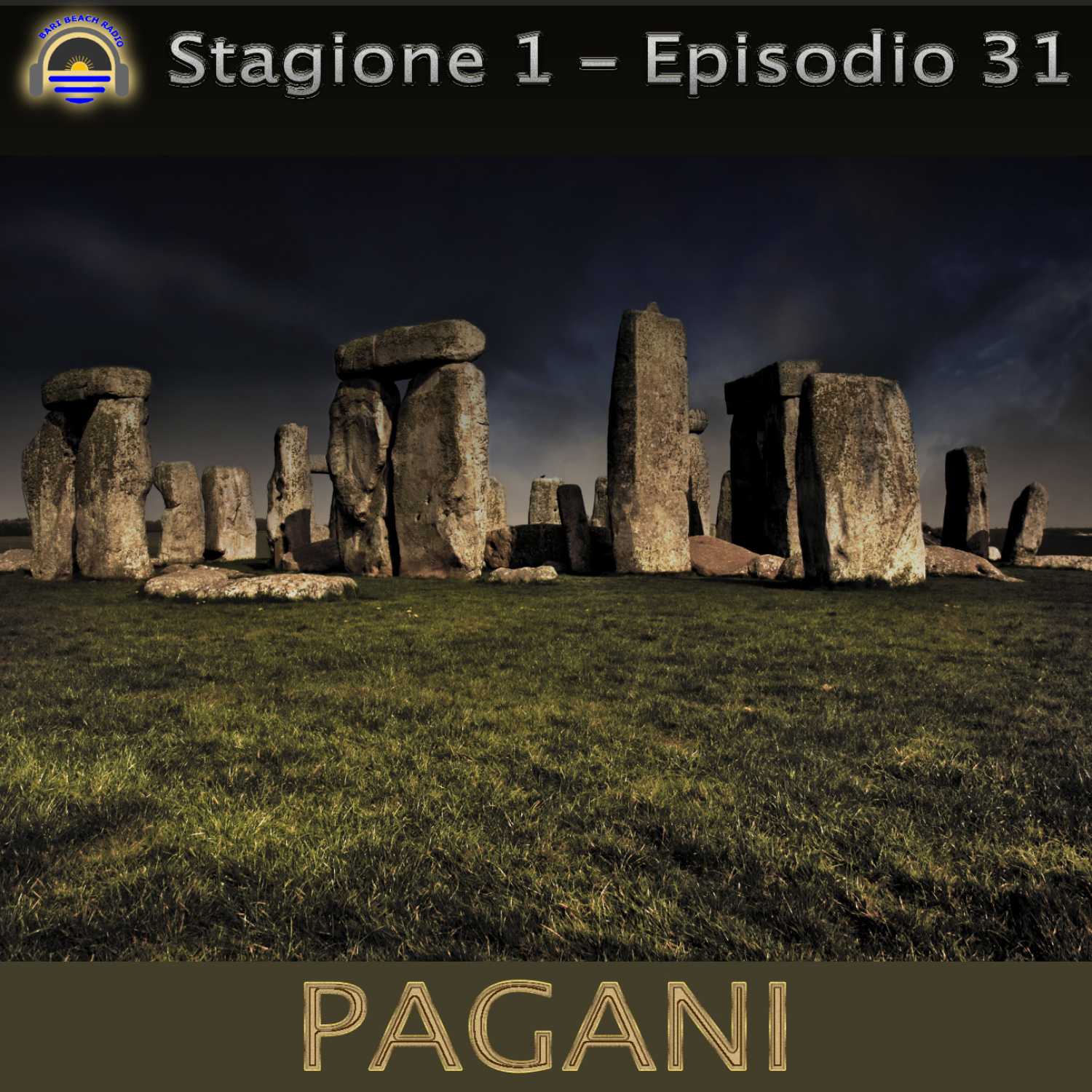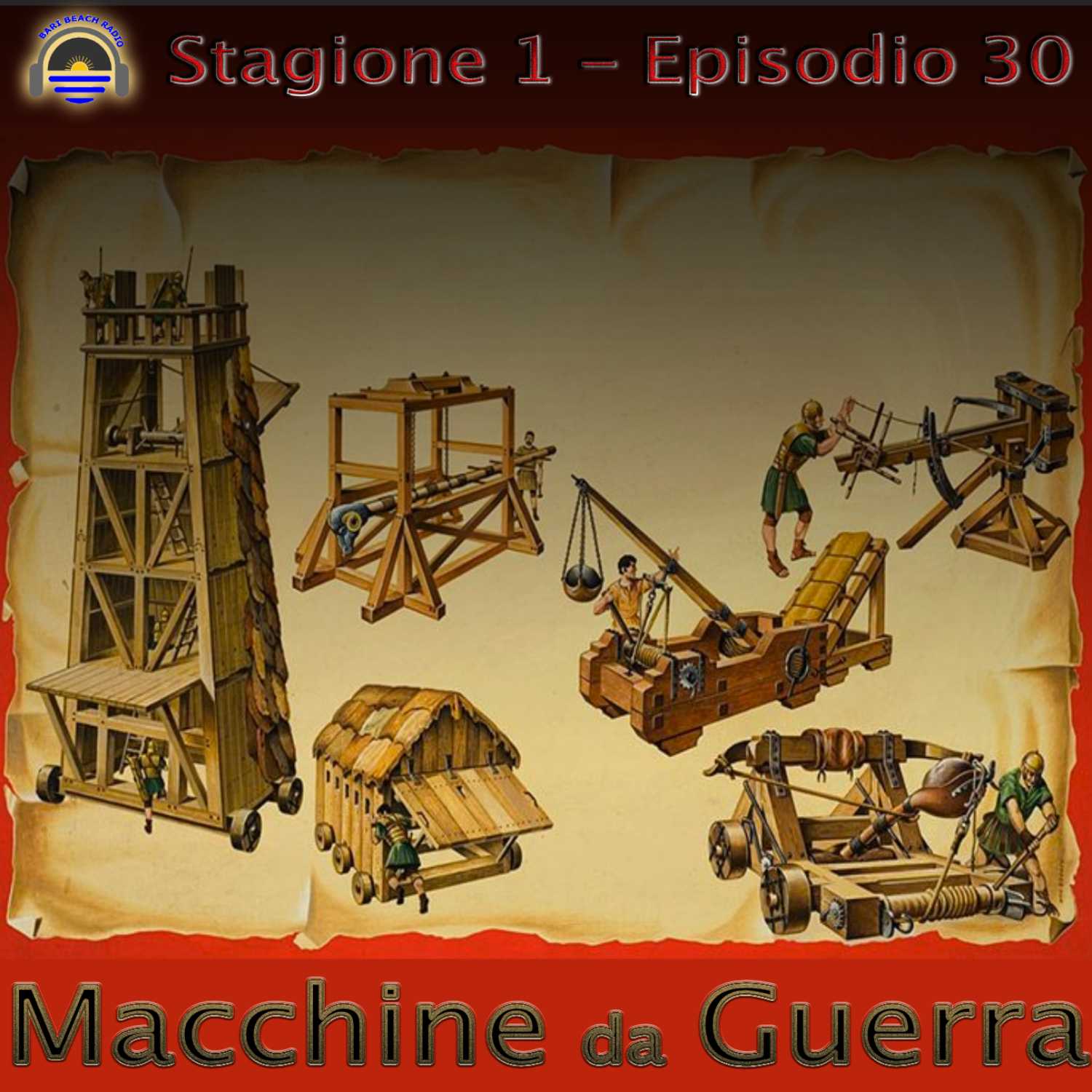Discover History and Misteries PODCAST
History and Misteries PODCAST

History and Misteries PODCAST
Author: Bari Beach Radio
Subscribed: 6Played: 135Subscribe
Share
© IMP
Description
Un viaggio tra le più grandi scoperte dell'archeologia e un percorso affascinante nella storia dell'uomo. Dalla preistoria ai giorni nostri, passando per l'età romana e il Medioevo o la nascita dell'agricoltura e della religione, viaggiando per il mondo.
-
A journey among the greatest discoveries of archeology and a fascinating journey through the history of man. From prehistory to the present day, passing through the Roman age and the Middle Ages or the birth of agriculture and religion, traveling the world.
Italian and English available. Season 1 is in Italian , Season 2 is the same content, but in English. So forth for the following season. Thank you for listening!
72 Episodes
Reverse
One of the most instructive and intriguing ways to learn history is through biography. By pondering the lives of great individuals—people who leave deep marks on both their own times and distant posterity—you can chart broad currents of events while also studying virtue and vice, folly and wisdom, success and failure. Moreover, you can appreciate them in the real circumstances of their times.In a companion course to Famous Romans, classics scholar and master storyteller J. Rufus Fears examines a gallery of fascinating characters who shaped the story of Greece from the Trojan War through the rise of Rome.
One of the most instructive and intriguing ways to learn history is through biography. By pondering the lives of great individuals—people who leave deep marks on both their own times and distant posterity—you can chart broad currents of events while also studying virtue and vice, folly and wisdom, success and failure. Moreover, you can appreciate them in the real circumstances of their times.In a companion course to Famous Romans, classics scholar and master storyteller J. Rufus Fears examines a gallery of fascinating characters who shaped the story of Greece from the Trojan War through the rise of Rome.
One of the most instructive and intriguing ways to learn history is through biography. By pondering the lives of great individuals—people who leave deep marks on both their own times and distant posterity—you can chart broad currents of events while also studying virtue and vice, folly and wisdom, success and failure. Moreover, you can appreciate them in the real circumstances of their times.In a companion course to Famous Romans, classics scholar and master storyteller J. Rufus Fears examines a gallery of fascinating characters who shaped the story of Greece from the Trojan War through the rise of Rome.
One of the most instructive and intriguing ways to learn history is through biography. By pondering the lives of great individuals—people who leave deep marks on both their own times and distant posterity—you can chart broad currents of events while also studying virtue and vice, folly and wisdom, success and failure. Moreover, you can appreciate them in the real circumstances of their times.In a companion course to Famous Romans, classics scholar and master storyteller J. Rufus Fears examines a gallery of fascinating characters who shaped the story of Greece from the Trojan War through the rise of Rome.
One of the most instructive and intriguing ways to learn history is through biography. By pondering the lives of great individuals—people who leave deep marks on both their own times and distant posterity—you can chart broad currents of events while also studying virtue and vice, folly and wisdom, success and failure. Moreover, you can appreciate them in the real circumstances of their times.In a companion course to Famous Romans, classics scholar and master storyteller J. Rufus Fears examines a gallery of fascinating characters who shaped the story of Greece from the Trojan War through the rise of Rome.
Spoken Arts written by Bernard Evslin Read by Julie Harris and Richard Kileychapter:23:PROMETHEUS24:DAEDALUS25;EROS AND PSYCHE
Spoken Arts written by Bernard EvslinRead by Julie Harris and Richard Kileychapter:22: ATALANTA
Spoken Arts written by Bernard EvslinRead by Julie Harris and Richard Kileychapter:19: PANDORA20: ARION21: ORPHEUS
Spoken Arts written by Bernard EvslinRead by Julie Harris and Richard Kileychapter:18: THESEUS
Spoken Arts written by Bernard EvslinRead by Julie Harris and Richard Kileychapter:16: Perseus, Cont'd17: Narcissus And Echo
Spoken Arts written by Bernard Evslin Read by Julie Harris and Richard Kileychapter:15: PERSEUS - part 1
Spoken Arts written by Bernard Evslin Read by Julie Harris and Richard Kileychapter:14: PHAETON
Spoken Arts written by Bernard Evslin Read by Julie Harris and Richard Kileychapter:7: POSEIDON8: HEPHAESTUS9: APHRODITE10: ARTEMIS11: APOLLO12: SONS OF APOLLO13: APHRODITE
Spoken Arts written by Bernard EvslinRead by Julie Harris and Richard Kileychapter:1: ZEUS2: HERA3: HADE4: DEMETER5: BIRTH OF THE TWINS6: ATHENE
The ruins of Macchu Picchu are located on the peaks of the Andes, about 800m above sea level, in the valley of the Urubamba river. The mythical citadel was built in the 15th century by the Incas, surrounded by steep rocky slopes. Abandoned soon after the arrival of the Spanish, in 1532, the city then remained hidden in the clouds until 1911, when Hiram Bingham rediscovered its ruins. The ancient and lost Inca civilization was highly evolved in the arts and in the construction of stone buildings and roads. The city of Macchu Picchu remains one of his most surprising achievements.
With the conquest of Ptolemaic Egypt, in 30 B.C. Rome became even richer and more powerful. The Roman occupation brought new agricultural techniques to Egypt and favored the development of crops in the driest regions of the kingdom. The two civilizations influenced each other in the artistic and religious fields, as evidenced by the numerous finds in the cities that arose in the great oases of the desert.
The ancient Egyptians believed that mummification of the body ensured the continuation of life after death. Thanks to modern scientific instruments, mummies are the first source of information on the life and diseases of this ancient people. Science in many cases can help to give an identity to unknown mummies: the investigation of the mummy of Hatscepsut, the female pharaoh who reigned in Egypt and built a colossal mortuary temple, is one of them.
The discovery of an unfinished bust in the sandstone and partly decorated was among the most surprising of the last century. It was the splendid face of Nefertiti, an Egyptian queen wife of the pharaoh Ekhnaton belonging to the XVIII dynasty. the work, found in the abandoned workshop of an ancient sculptor, depicts the queen in all her beauty. Nefertiti disappeared from the chronicles under mysterious circumstances and archaeologists have not yet identified her mummy with certainty. In death, as well as in life, the Queen remains a mysterious and controversial figure.
Paganism is the oldest religion in the world: its origins date back to the Stone Age. Gathering in community, prehistoric men began to worship the natural elements, such as wind, sun and water, i.e. the forces that govern their world. Little is known of the first bpagan rites, but the remains of their art and architecture they provide some indication of the beliefs and life of these communities.
Devastating firepower, heavy shelling and huge siege engines – the Romans used powerful weapons for their conquests. Thanks to the discipline and flexibility of the army. Rome was able to create and maintain an empire that spanned the entire Mediterranean world.The accounts of the Jewish War and the siege of the fortress of Masada testify to the inexorable efficiency that allowed the Romans to win and control the empire.


